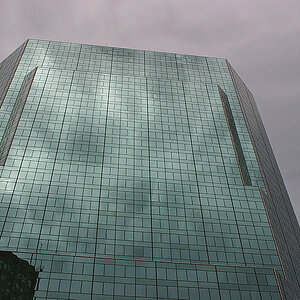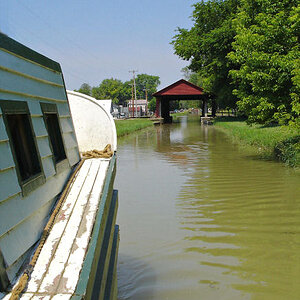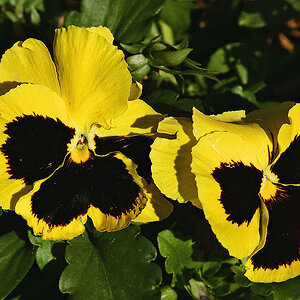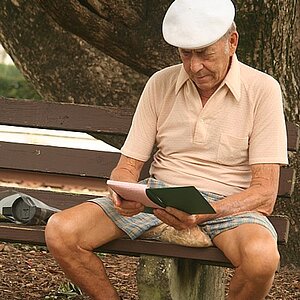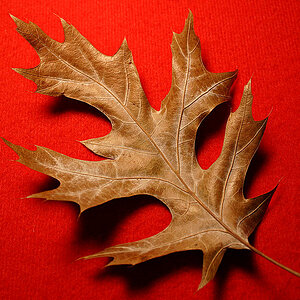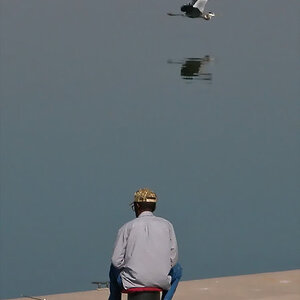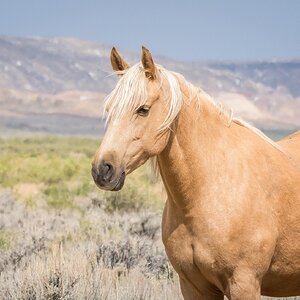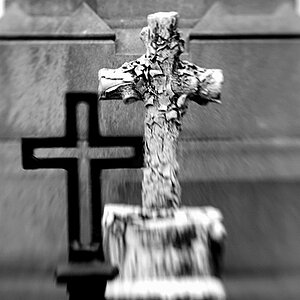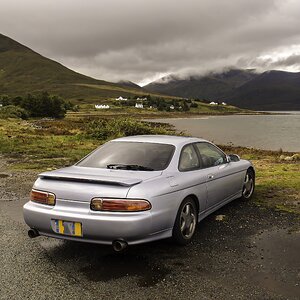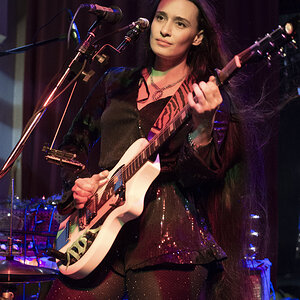SteveEllis
TPF Noob!
- Joined
- Nov 14, 2005
- Messages
- 413
- Reaction score
- 1
- Location
- United Kingdom
- Can others edit my Photos
- Photos OK to edit
Hi Guys,
I was looking for some macro extension tubes when I came across these bellows, they look interesting but are they any good?
http://cgi.ebay.co.uk/Lens-Macro-Fo...ryZ29982QQssPageNameZWDVWQQrdZ1QQcmdZViewItem
In addition can anyone translate the magnification for me please.
Do you know if the DOF will be extreme or nicely usable?
Cheers,
Steve.
I was looking for some macro extension tubes when I came across these bellows, they look interesting but are they any good?
http://cgi.ebay.co.uk/Lens-Macro-Fo...ryZ29982QQssPageNameZWDVWQQrdZ1QQcmdZViewItem
In addition can anyone translate the magnification for me please.
Do you know if the DOF will be extreme or nicely usable?
Cheers,
Steve.
As an eBay Associate we earn from qualifying purchases.



